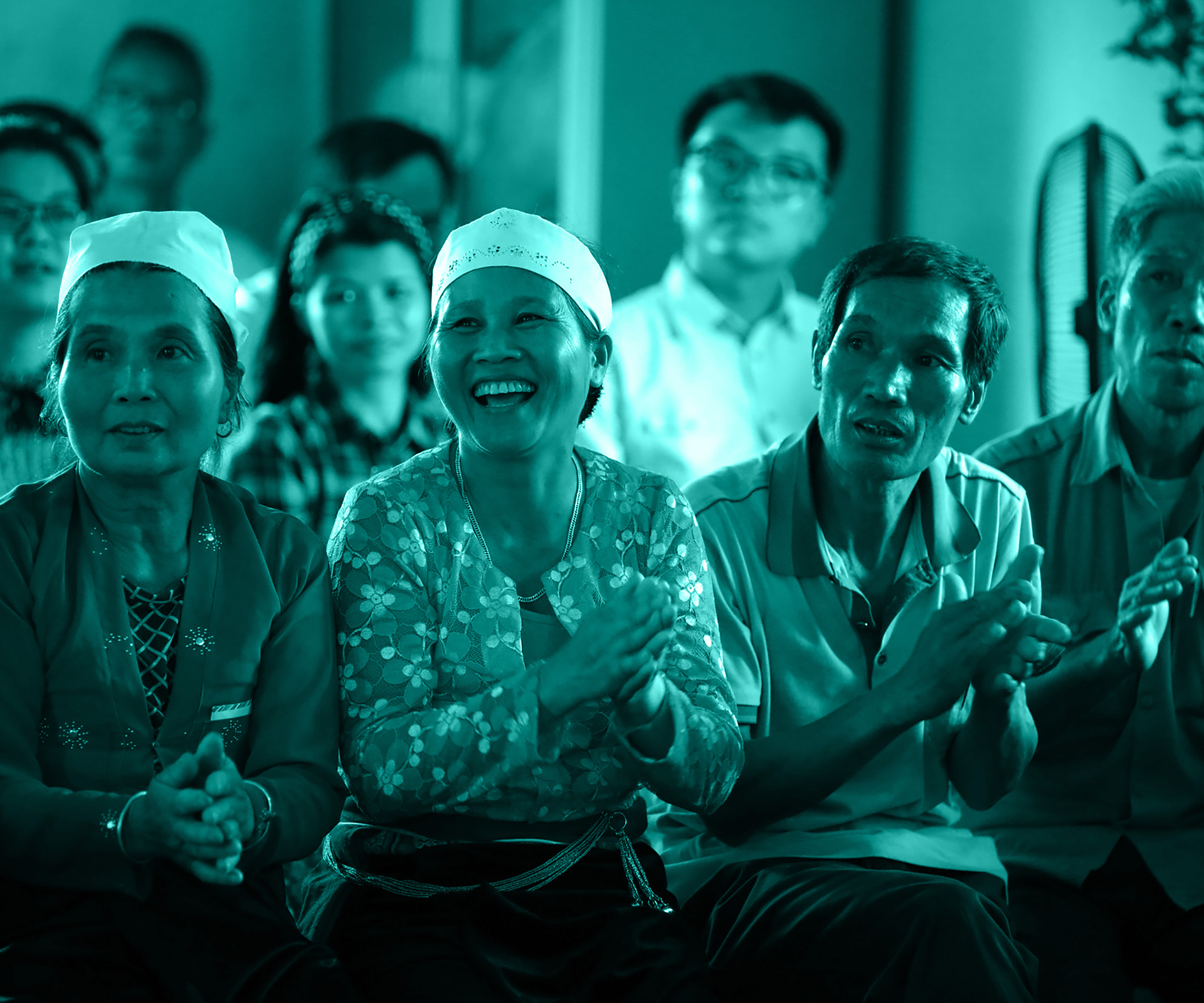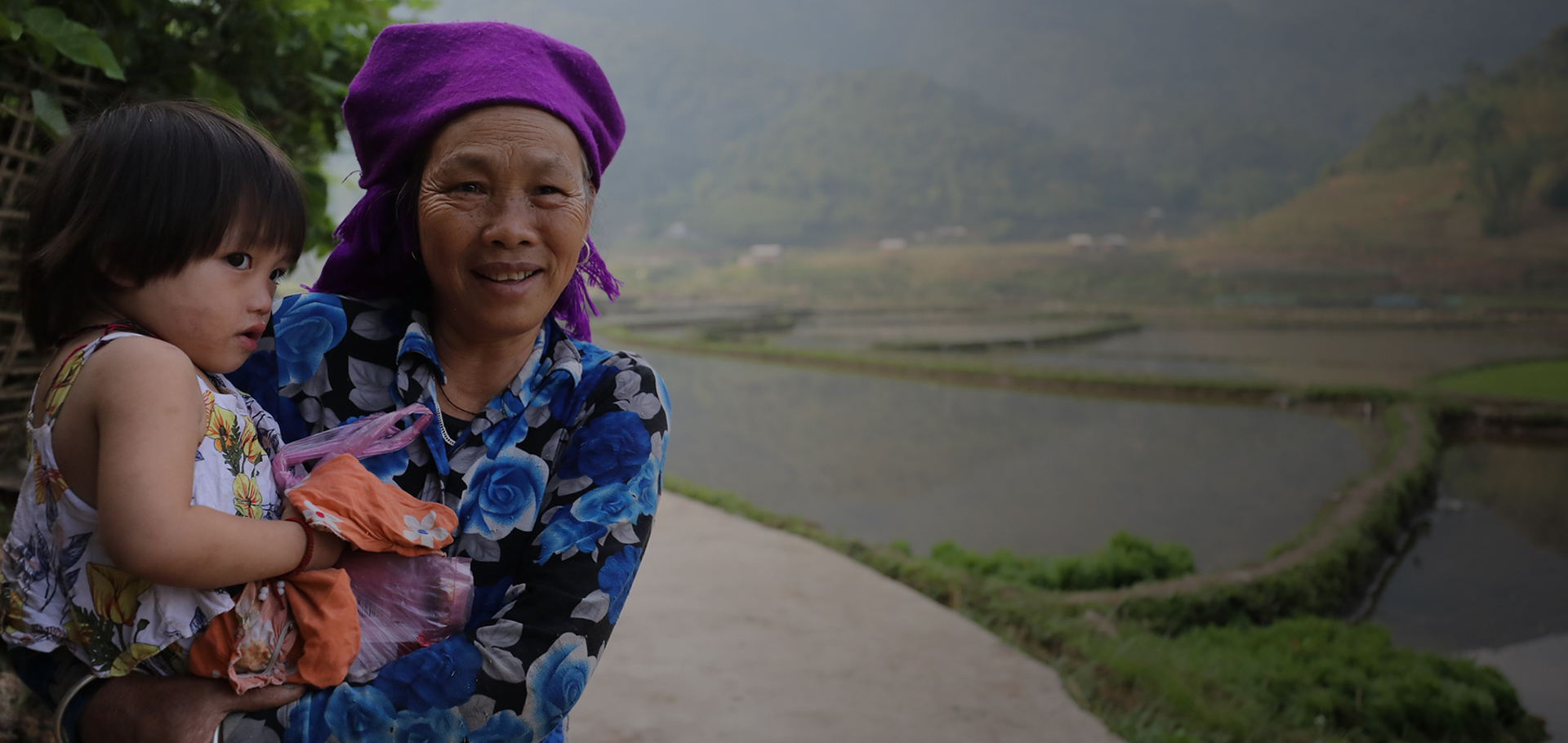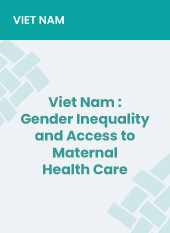Explore results and analytic products related to country progress in RMNCAH-N.

Country Routine and Project Indicators by Priority Area
This section presents a selection of country routine and project indicators tagged across national priorities and GFF areas of engagement. Users can select a thematic card to view the indicators grouped under that area of engagement and visualize corresponding national and subnational trends in the implementation progress section, where available. Because indicators are relevant to multiple strategic priorities, please note that some may appear under more than one category.
Implementation Progress Data
This section includes selected indicators from the Investment Case Results Framework, Health Financing priorities, and the relevant World Bank projects. Indicators have been tagged by technical programmatic areas to support thematic analysis and visualization. Use the dropdown menu to select an indicator and view the corresponding data. Where subnational data is available, the map will display either time trends or the most recent data for each region. Hovering over the map reveals additional details for the selected indicator, and clicking on a region adds it to the chart on the right. All data, including source information, can be downloaded by clicking the arrow next to the indicator dropdown.
Impact Indicators
This section presents core impact indicators for RMNCAH-N and health financing. These indicators track health outcomes and financing performance, aligned with global targets to support evidence-based planning and resource allocation.
Core RMNCAH-N Impact Indicators
The 8 GFF core impact indicators reflect updates aligned with the in-country survey schedule which optimally occurs once every three to five years to determine population-based changes in important health and nutrition outcomes. These indicators are core to the GFF Logic Model, to reflect impact of aligned interventions over time.
Core Health Financing Indicators
The six GFF core health financing indicators track changes to country budget and expenditures with a focus on health spending, to monitor the expected impact of increasing the total volume and value of funding allocated to health and nutrition. The GFF partnership supports financing reforms by engaging with ministries of finance and ministries of health to strengthen mobilization of domestic resources as well as allocative and technical efficiency. These indicators are tracked through country-specific data sources such as BOOST, NHA, and budget reports. Expenditure data are tracked through the Global Health Expenditure Database (GHED), for which data are available through the end of 2018. Through measurement of budgets and expenditures, the GFF partnership aims to accelerate the expansion of interventions that are high-impact, cost-effective, affordable, and feasible to accelerate progress on universal health coverage and in achieving SDG targets.
Survey and Estimated RMNCAH-N Coverage
The RMNCAH-N coverage data includes a standard set of 15 RMNCAH-N coverage indicators from available population-based surveys from 2010 to the most recent available survey. These indicators show progress towards key goals across maternal, child, and adolescent health and nutrition outcomes. Additional key nutrition-sensitive and/or education-specific coverage indicators are presented for countries where the GFF co-finances a nutrition-focused World Bank project or where education is a strong focus of the IC.
The RMNCAH-N coverage data are sourced from the most recent available population-based surveys.
Data and Analytics Partnerships
The GFF works in close collaboration with governments and technical partners to strengthen national data systems and promote the use of evidence for decision-making. Through initiatives such as AdLAB, Countdown and MAGE, countries are supported to generate, analyze, and apply data to improve planning, equity, and accountability for women, children, and adolescents’ health. Learn more about these partnerships and how they support country-led efforts.
MAGE (Monitoring and Action for Gender and Equity) supports data and analyses for prioritizing and tracking reforms that advance gender equality and women's, children's, and adolescents' health. It supports countries to generate and use data and analyses for more gender equitable health systems and services.







































GFF Partner Country Viet Nam
The GFF is playing a pivotal role in Viet Nam’s efforts to prioritize building more resilient primary health care systems that respond to the needs of women, children and adolescents.
Through a buy-down of the a World Bank loan, the GFF is supporting the government to strengthen primary health care at the grassroots (commune) level through improving infrastructure, equipping health stations, and training community health workers to respond to the shift in disease burden, from communicable to non-communicable diseases (NCDs). Through this support, commune health stations, particularly those in rural and remote communities, are able to take on a new role in screening and managing NCDs while at the same time ensuring continued improvements in the quality of reproductive, maternal, newborn, child, and adolescent health services.
By the end of 2023, the project had facilitated the training of 6,193 health workers in managing tracer conditions including Integrated Management of Childhood Illnesses (IMCI), skilled birth delivery, and diagnosis and management of hypertension, diabetes, COPD, tuberculosis, and cervical cancer. There has been an increase in annual deliveries attended by skilled health personnel from 128,000 in 2022 to 145,000 in 2023. The number of hypertension and diabetes cases managed at the community health service level rose by 20% and 40% respectively. In 2023, nearly 450,000 women were screened for cervical cancer. Other priorities include policy dialogues on health financing for primary health care, improving quality and continuity of care and collaboration across levels of the health system, enhancing HMIS and CRVS functionality, and data use for decision making.